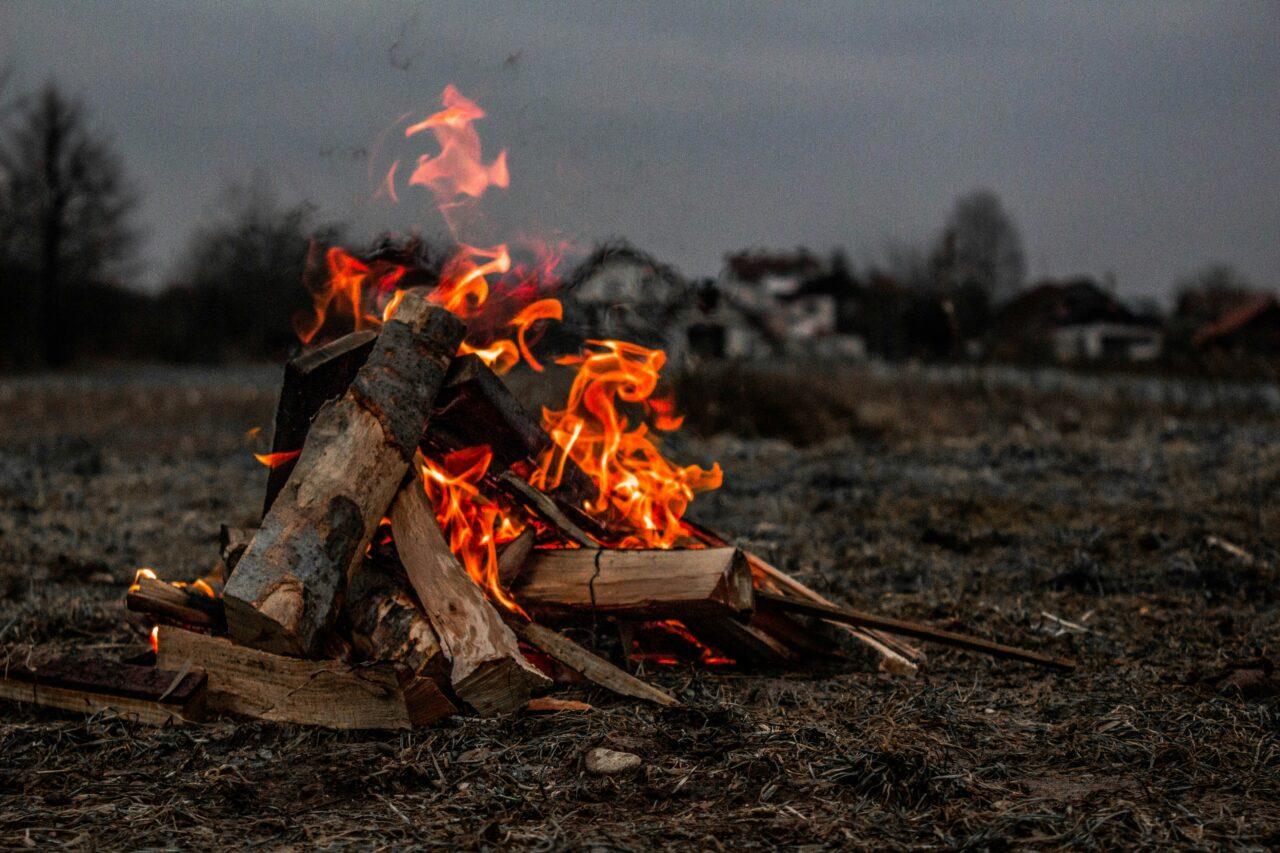Fire managers on the Arapaho and Roosevelt National Forests are preparing for pile burning season on national forest lands on Colorado’s northern Front Range. Current and forecasted weather conditions in the area may create favorable pile burning conditions over the next several months in Larimer, Boulder, Gilpin and Clear Creek counties.
Burning could begin as soon as this week in higher elevation project areas in Larimer County where adequate snow fell during recent storms. The two projects that could begin Thursday, Nov. 14, include hand piles in Devils Creek, located five miles north of the Crystal Lakes subdivision near the intersection of Larimer County Road 80C and Forest Service Road 182, and the North Fork Campground, located at the intersection of Deadman and Pearl Beaver roads.
Pile burning is a type of prescribed fire that helps remove woody debris from the forests, reducing the potential of more impactful, unplanned fire activity at other times of the year. Pile burning helps eliminate branches, limbs, twigs and small logs that can’t easily be removed through other means due to topography, access or cost feasibility. Pile burning typically follows forest thinning projects in overgrown forests.
Before burning piles, fire managers track local weather forecasts to check temperatures, snowpack conditions and wind. Snow and cooler temperatures are key tools in helping contain fire behavior while wind is an important factor in aiding smoke dispersal. Firefighters use air quality monitoring stations in areas where they plan on burning. Once burning has begun, firefighters patrol and monitor burned piles until there is no longer any heat emitted.
Smoke, flames and glowing embers are often visible and are a normal part of pile burning operations. Moisture, namely snow, helps contain the piles, and firefighters monitor the area during and after the burn. Monitoring continues until the piles are considered out. Public and firefighter safety is always the number-one priority in burning operations.
Smoky conditions during the active periods of pile burning are expected. Smoke levels and the duration smoke remains in the air will be monitored and could affect the length of an active burn day. Fire managers work with the Colorado Air Pollution Control Division to reduce the impacts of smoke on the public. For more information on how fire smoke may affect your health, see the Colorado Department of Public Health & Environment.
This work is part of the National Wildfire Crisis Strategy effort to reduce the impacts of unplanned, large-scale fires on watersheds, wildlife habitat, recreation and communities. Fire is a natural and important part of a healthy Colorado ecosystem. With help from the Northern Colorado Fireshed Collaborative and community partners, prescribed fires on the Arapaho and Roosevelt National Forests and adjacent public and private lands are helping prepare our forests for unplanned fire when it happens.
See the interactive map for more information on specific project locations that could be burned this pile burning season. Expect lower elevation project areas to proceed later in the winter. Additional information and updates on pile burning for the Arapaho and Roosevelt National Forests are posted on the pile burning page on InciWeb. On weeks where pile burning could occur, a newsletter will be sent out to pertinent areas. To receive these weekly pile burning newsletters for particular areas, join the email list and select the “Forest Health & Fire” list for your area.

